Interactive, used to analyze data collaboratively with interactive notebooks. Clusters can be managed by the user in the databricks workspace.
Free What Are The Types Of Clusters In Databricks With Creative Ideas, Command line interface for databricks. This data has been used in several areas, such as astronomy, archaeology, medicine, chemistry, education, psychology, linguistics, and sociology.
 Best Practices for Coarse Grained Data Security in Databricks The From databricks.com
Best Practices for Coarse Grained Data Security in Databricks The From databricks.com
We can create clusters within databricks using either the ui, the databricks cli or using the databricks clusters api. Vendor, creator, clustername, and clusterid. Cluster configurations influencing the price In order to run your data analysis workflows in databricks notebooks, you must attach your notebook to a cluster.
Best Practices for Coarse Grained Data Security in Databricks The The maximum allowed size of a request to the clusters api is 10mb.
Databricks workspace is at the highest level and forms the environment for accessing all your azure databricks assets (you can have multiple clusters of different types within a single workspace). You run these workloads as a set of commands in a notebook or as an automated job. When you configure a cluster’s aws instances you can choose the availability zone, the max spot price, ebs volume type and size, and instance profiles. Job, used to run automated workloads, using either the ui or api.
 Source: kohera.be
Source: kohera.be
When a cluster is attached to a pool, cluster nodes are created using the pool’s idle instances.if the pool has no idle instances, the pool expands by allocating a new instance from the instance provider in order to accommodate the cluster’s request. These types of clusters are used to analyze data collaboratively via interactive notebooks. The maximum allowed size of a request to the clusters api is 10mb. This type of cluster can be used to work… Creating a Secure Databricks Environment Kohera.
 Source: carto.com
Source: carto.com
Cluster configurations influencing the price An extract from azure databricks pricing.it indicates how rates vary for different cluster types in databricks service tiers for a given region. You run these workloads as a set of commands in a notebook or as an automated job. Clusters can be managed by the user in the databricks workspace. How to Analyze & Visualize Spatial Data in Databricks CARTO Blog.
 Source: radacad.com
Source: radacad.com
In this article, we are going to show you how to configure a databricks cluster to use a csv sink and persist those metrics to a dbfs location. When to use each one depends on your specific scenario. To obtain a list of clusters, invoke list. The type of hardware and runtime environment are configured at the time of cluster creation and can be modified later. Azure data Bricks Part1 RADACAD.
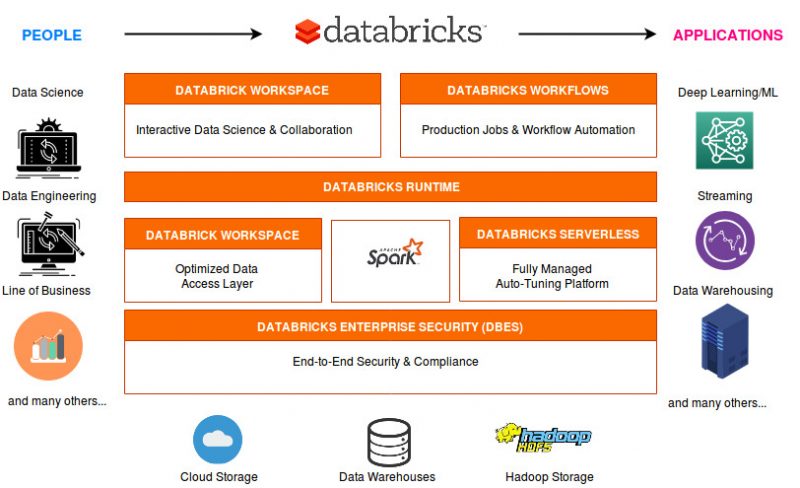 Source: serveradminz.com
Source: serveradminz.com
The type of hardware and runtime environment are configured at the time of cluster creation and can be modified later. Databricks has two different types of clusters: Learn why databricks was named a leader and how the lakehouse platform delivers on both your data warehousing and machine learning goals. Job, used to run automated workloads, using either the ui or api. Databricks An Advanced Analytics Solution Cloud Managed Services.
 Source: medium.com
Source: medium.com
What are the types of databricks cluster types and difference. When a cluster is attached to a pool, cluster nodes are created using the pool’s idle instances.if the pool has no idle instances, the pool expands by allocating a new instance from the instance provider in order to accommodate the cluster’s request. Spark clusters consist of a single driver node and multiple worker nodes. At the bottom of the page, click the instances tab. Azure Databricks Workload Types — Data Analytics, Data Engineering and.
 Source: jixjia.com
Source: jixjia.com
You run these workloads as a set of commands in a notebook or as an automated job. For detailed information about how pool and cluster tag types work together, see monitor usage using cluster, pool, and workspace tags. Azure databricks has two types of clusters: Command line interface for databricks. Scale Databricks Cluster for Best Cost Performance Book of Architectures.
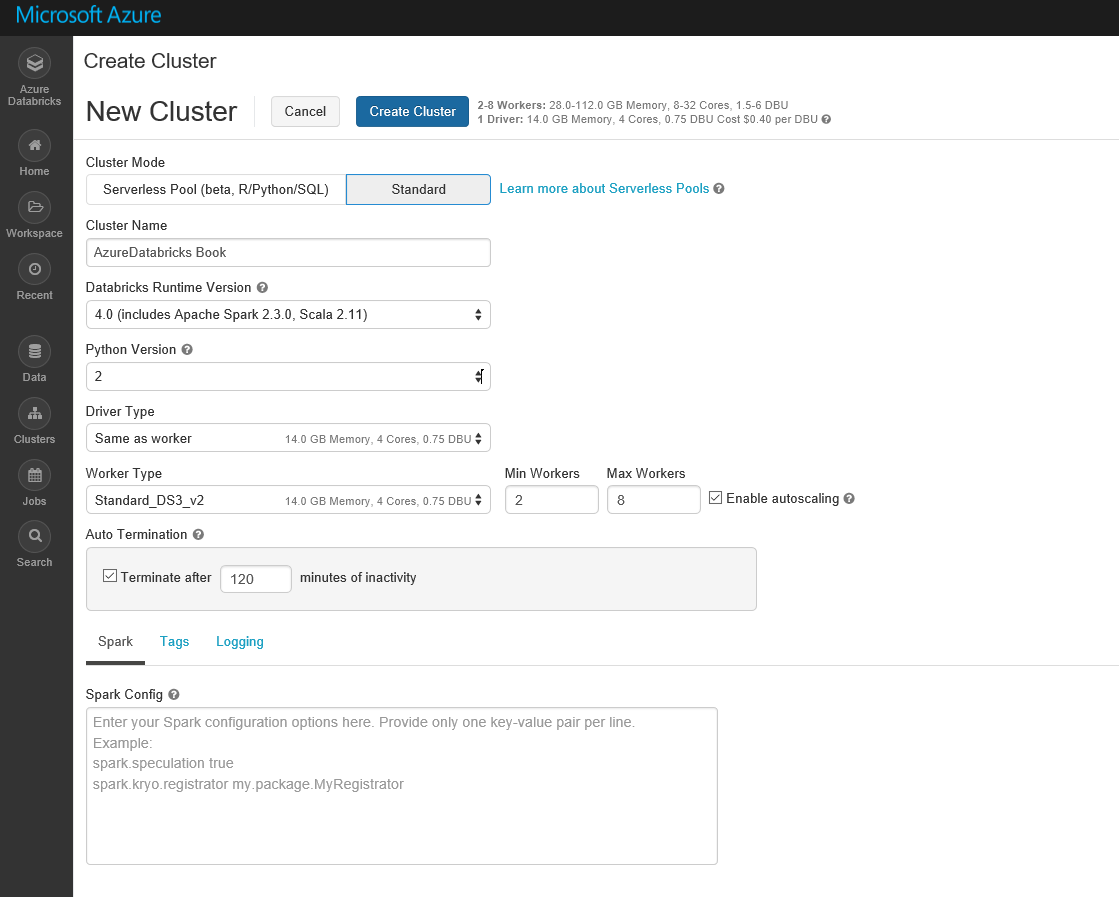 Source: sqlsplus.com
Source: sqlsplus.com
For convenience, azure databricks applies four default tags to each cluster: Databricks has two different types of clusters: What are the types of databricks cluster types and difference. You run these workloads as a set of commands in a notebook or as an automated job. Azure Databricks.
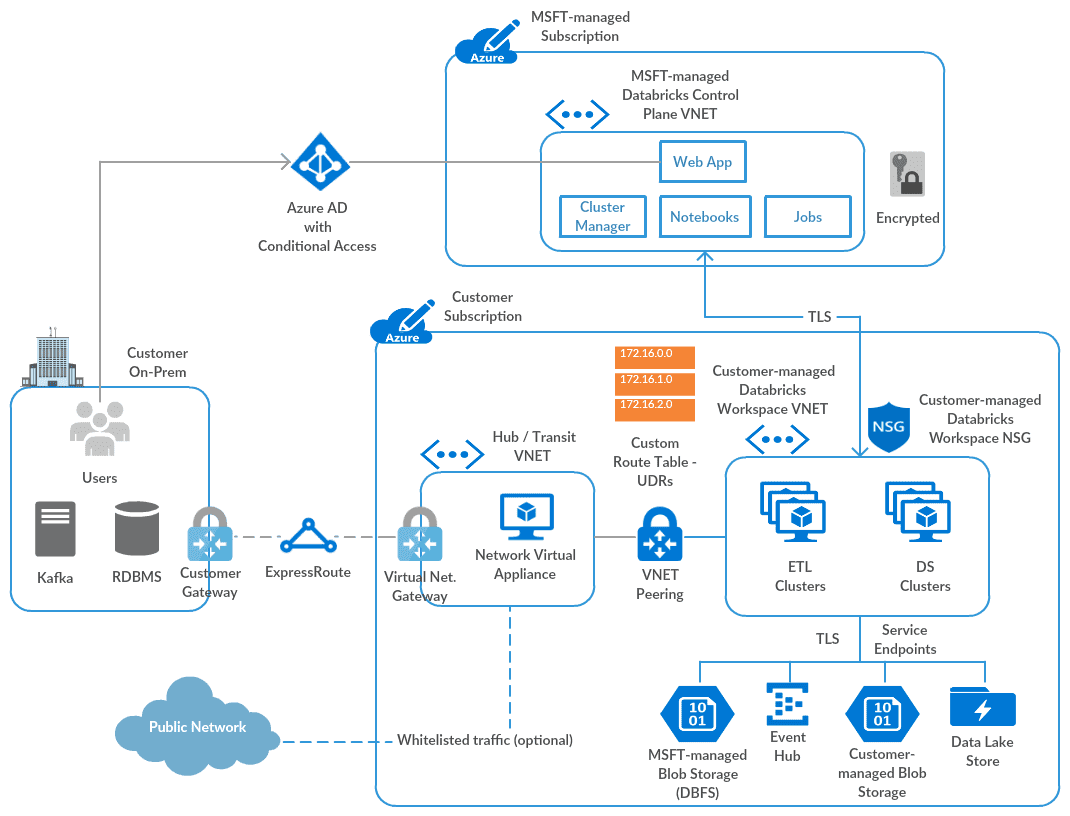 Source: databricks.com
Source: databricks.com
Cluster lifecycle methods require a cluster id, which is returned from create. You use automated clusters to run fast and robust automated jobs. Spark has a configurable metrics system that supports a number of sinks, including csv files. You plan to perform batch processing in azure databricks once daily. How to Deploy Databricks Clusters in Your Own Custom.
 Source: databricks.com
Source: databricks.com
Databricks has two different types of clusters: Learn why databricks was named a leader and how the lakehouse platform delivers on both your data warehousing and machine learning goals. This data has been used in several areas, such as astronomy, archaeology, medicine, chemistry, education, psychology, linguistics, and sociology. The type of hardware and runtime environment are configured at the time of cluster creation and can be modified later. Integrating Your Central Apache Hive Metastore with Apache Spark on.
 Source: databricks.com
Source: databricks.com
In addition, on job clusters, azure databricks applies two default tags: Which type of databricks cluster should you use? Clusters of any type can be created: Usually, a databricks administrator creates clusters for you. Best Practices for Coarse Grained Data Security in Databricks The.
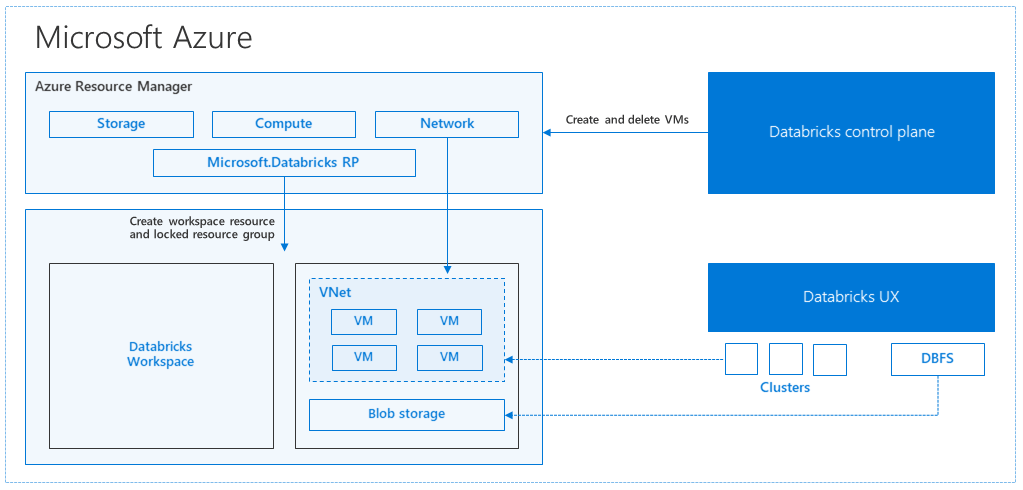 Source: docs.microsoft.com
Source: docs.microsoft.com
This data has been used in several areas, such as astronomy, archaeology, medicine, chemistry, education, psychology, linguistics, and sociology. However, if you are asked to do this yourself, the following videos provide a useful overview of clusters: Usually, a databricks administrator creates clusters for you. Azure databricks identifies two types of workloads subject to different pricing schemes: Regional disaster recovery for Azure Databricks Microsoft Docs.
 Source: medium.com
Source: medium.com
Vendor, creator, clustername, and clusterid. Usually, a databricks administrator creates clusters for you. Spark has a configurable metrics system that supports a number of sinks, including csv files. Azure databricks identifies two types of workloads subject to different pricing schemes: Managing and Configuring Clusters within Azure Databricks.
 Source: youtube.com
Source: youtube.com
Databricks has two different types of clusters: You run these workloads as a set of commands in a notebook or as an automated job. In this article, we are going to show you how to configure a databricks cluster to use a csv sink and persist those metrics to a dbfs location. Learn why databricks was named a leader and how the lakehouse platform delivers on both your data warehousing and machine learning goals. What are the types of Databricks Cluster Types and Difference. .
 Source: databricks.com
Source: databricks.com
Based on the usage, azure databricks clusters can be of two types: Cluster configurations influencing the price Job, used to run automated workloads, using either the ui or api. Interactive clusters are used to analyse data with notebooks, thus give you much more. How to Deploy Databricks Clusters in Your Own Custom.
 Source: tech.scribd.com
Source: tech.scribd.com
This type of cluster can be used to work… You use job clusters to run fast and robust automated jobs. Interactive clusters are used to analyse data with notebooks, thus give you much more. Data engineering an (automated) workload runs on a job cluster which the azure databricks job scheduler creates for each workload. How we optimize Databricks clusters configuration with Apache Airflow.
 Source: drsalbertspijkers.blogspot.com
Source: drsalbertspijkers.blogspot.com
This type of cluster can be used to work… Spark has a configurable metrics system that supports a number of sinks, including csv files. Selected plan price varies based on selected compute type. You run these workloads as a set of commands in a notebook or as an automated job. Microsoft Azure Databricks DBA Consulting Blog.
 Source: willvelida.medium.com
Source: willvelida.medium.com
In this article, we are going to show you how to configure a databricks cluster to use a csv sink and persist those metrics to a dbfs location. Based on the usage, azure databricks clusters can be of two types: This flexibility, however, can create challenges when you’re trying to determine optimal configurations for your workloads. When a cluster is attached to a pool, cluster nodes are created using the pool’s idle instances.if the pool has no idle instances, the pool expands by allocating a new instance from the instance provider in order to accommodate the cluster’s request. Managing and Configuring Clusters within Azure Databricks by Will.

Clusters of any type can be created: In order to run your data analysis workflows in databricks notebooks, you must attach your notebook to a cluster. Within azure databricks, there are two types of roles that clusters perform: They are created using the cli, ui, or rest api. terraformproviderdatabricks/cluster.md at master · databrickslabs.
 Source: docs.microsoft.com
Source: docs.microsoft.com
Databricks provides a number of options when you create and configure clusters to help you get the best performance at the lowest cost. Which type of databricks cluster should you use?a. Interactive, used to analyze data collaboratively with interactive notebooks. However, if you are asked to do this yourself, the following videos provide a useful overview of clusters: Manage clusters Azure Databricks Workspace Microsoft Docs.
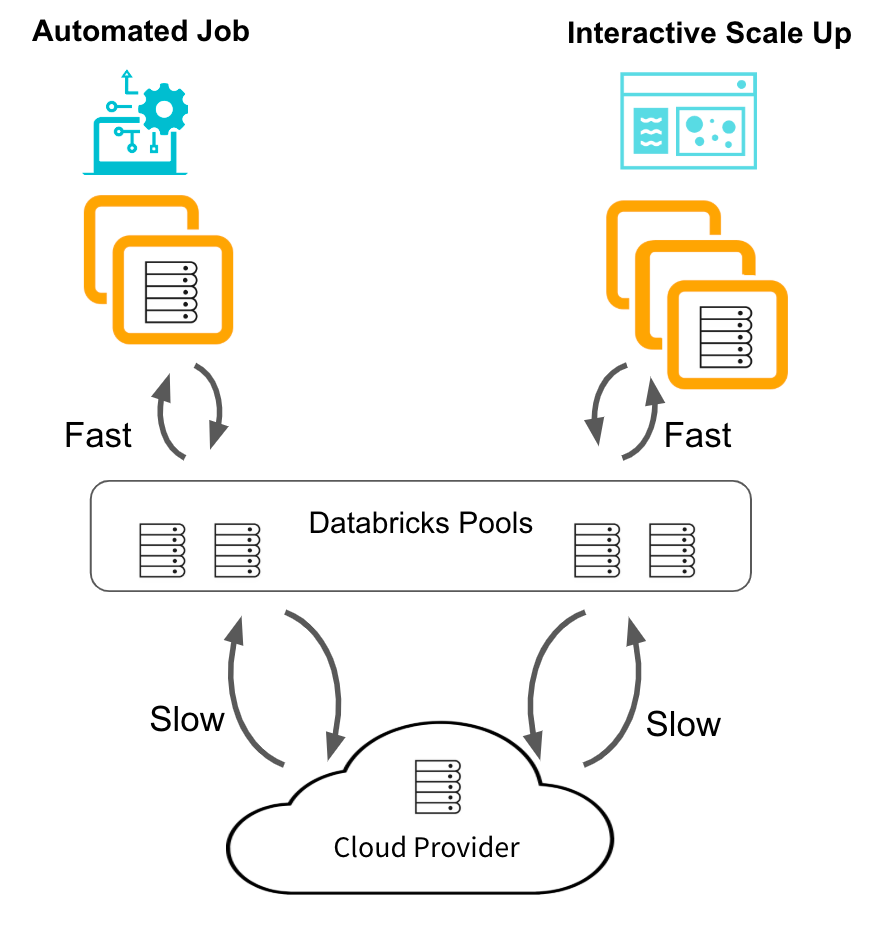 Source: databricks.com
Source: databricks.com
What they are, and how to choose the correct type for your work. Within azure databricks, there are two types of roles that clusters perform: When to use each one depends on your specific scenario. To obtain a list of clusters, invoke list. Speed Up Your Data Pipeline with Databricks Pools.
 Source: taygan.co
Source: taygan.co
Cluster lifecycle methods require a cluster id, which is returned from create. They can also be shared by multiple users to do collaborative tasks. Databricks maps cluster node instance types to compute units known. For convenience, azure databricks applies four default tags to each cluster: Azure Databricks — Taygan.
 Source: greece760.gitbook.io
Source: greece760.gitbook.io
An extract from azure databricks pricing.it indicates how rates vary for different cluster types in databricks service tiers for a given region. In this article, we are going to show you how to configure a databricks cluster to use a csv sink and persist those metrics to a dbfs location. Databricks maps cluster node instance types to compute units known. Databricks provides a number of options when you create and configure clusters to help you get the best performance at the lowest cost. Create First Databricks Cluster Azure Databricks Learning.
 Source: kohera.be
Source: kohera.be
Within azure databricks, there are two types of roles that clusters perform: At the bottom of the page, click the instances tab. Learn why databricks was named a leader and how the lakehouse platform delivers on both your data warehousing and machine learning goals. They are created using the cli, ui, or rest api. Creating a Secure Databricks Environment Kohera.
 Source: andreas-wilm.github.io
Source: andreas-wilm.github.io
Databricks has two different types of clusters: What are the types of databricks cluster types and difference. These workloads include etl pipelines, streaming data processing and machine learning. Selected plan price varies based on selected compute type. Document Types in Microsoft Academic Graph.

Data engineering an (automated) workload runs on a job cluster which the azure databricks job scheduler creates for each workload. Based on the usage, azure databricks clusters can be of two types: In addition, on job clusters, azure databricks applies two default tags: Cluster configurations influencing the price How to get started with Databricks.
We Can Create Clusters Within Databricks Using Either The Ui, The Databricks Cli Or Using The Databricks Clusters Api.
Interactive, used to analyze data collaboratively with interactive notebooks. Spark clusters consist of a single driver node and multiple worker nodes. Selected plan price varies based on selected compute type. Cluster configurations influencing the price
For Detailed Information About How Pool And Cluster Tag Types Work Together, See Monitor Usage Using Cluster, Pool, And Workspace Tags.
For convenience, azure databricks applies four default tags to each cluster: When to use each one depends on your specific scenario. High concurrency view answer answer: To obtain a list of clusters, invoke list.
You Use Interactive Clusters To Analyze Data Collaboratively With Interactive Notebooks.
Within azure databricks, there are two types of roles that clusters perform: See instance types for aws, azure and google cloud. What they are, and how to choose the correct type for your work. This data has been used in several areas, such as astronomy, archaeology, medicine, chemistry, education, psychology, linguistics, and sociology.
There Are Various Types Of Clusters Which Are As Follows −.
Databricks has two different types of clusters: Which type of databricks cluster should you use?a. Create an init script all of the configuration is done in an init script. To specify configurations, on the cluster configuration page, click the advanced options toggle.







